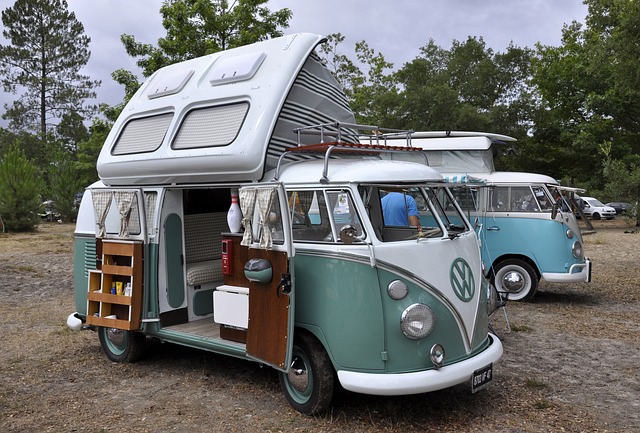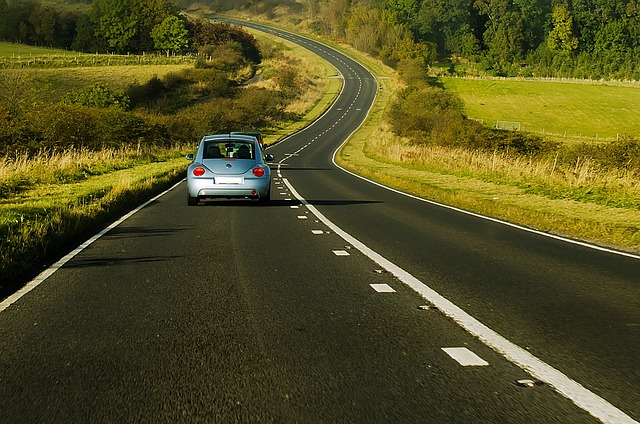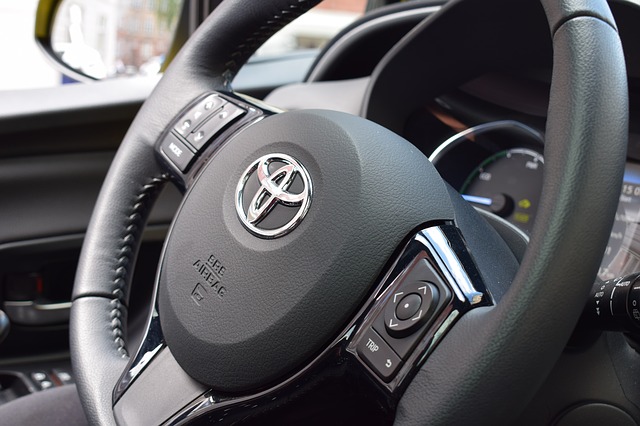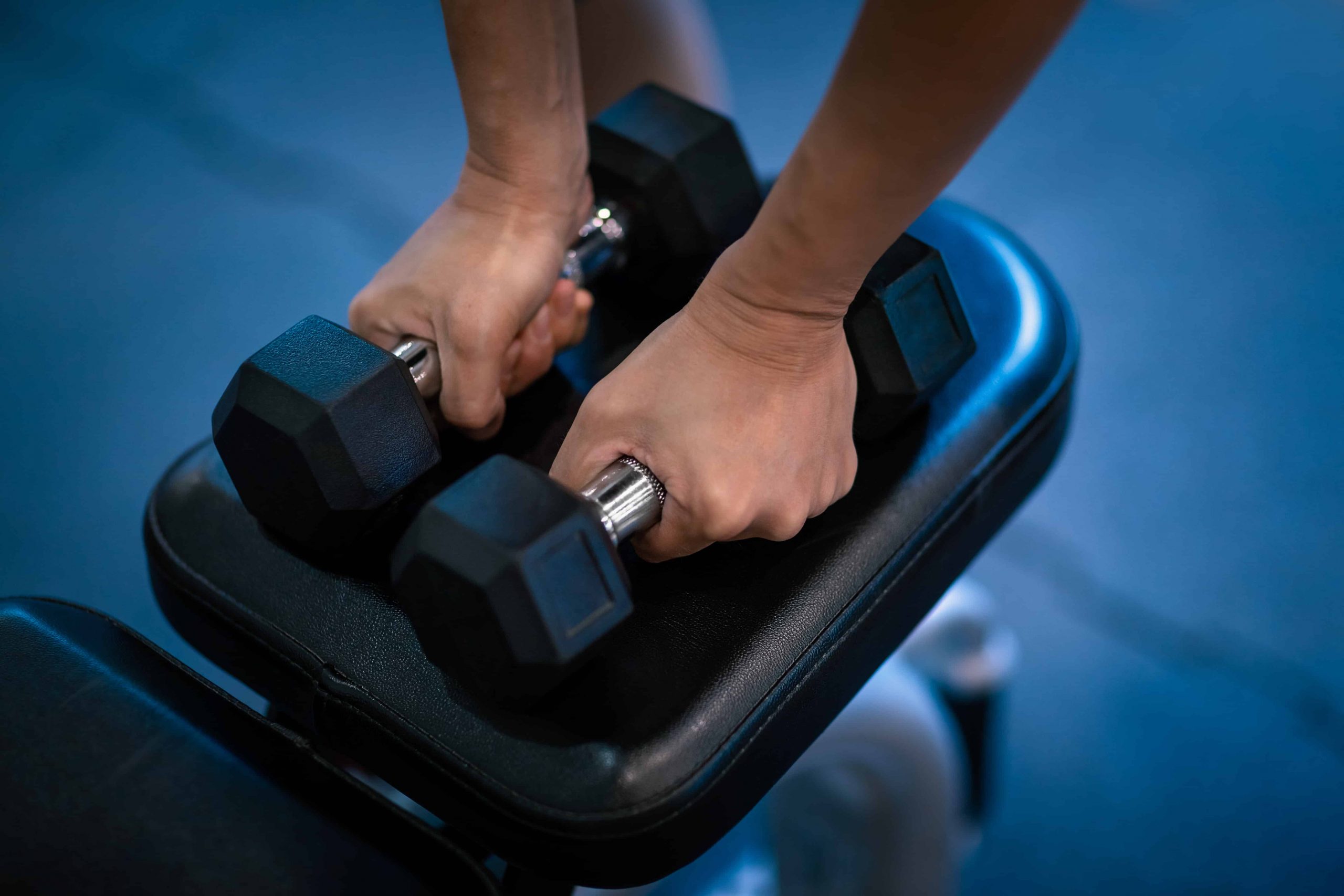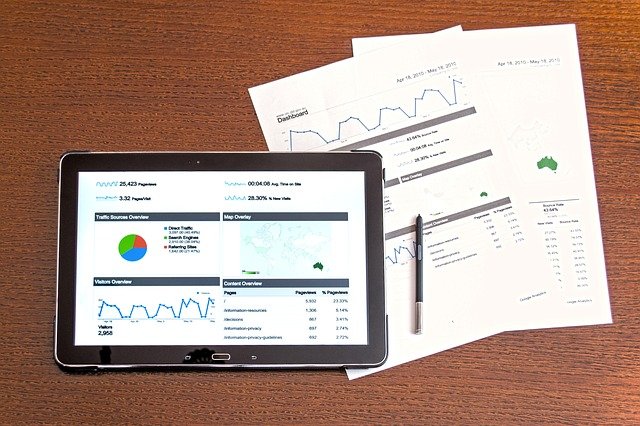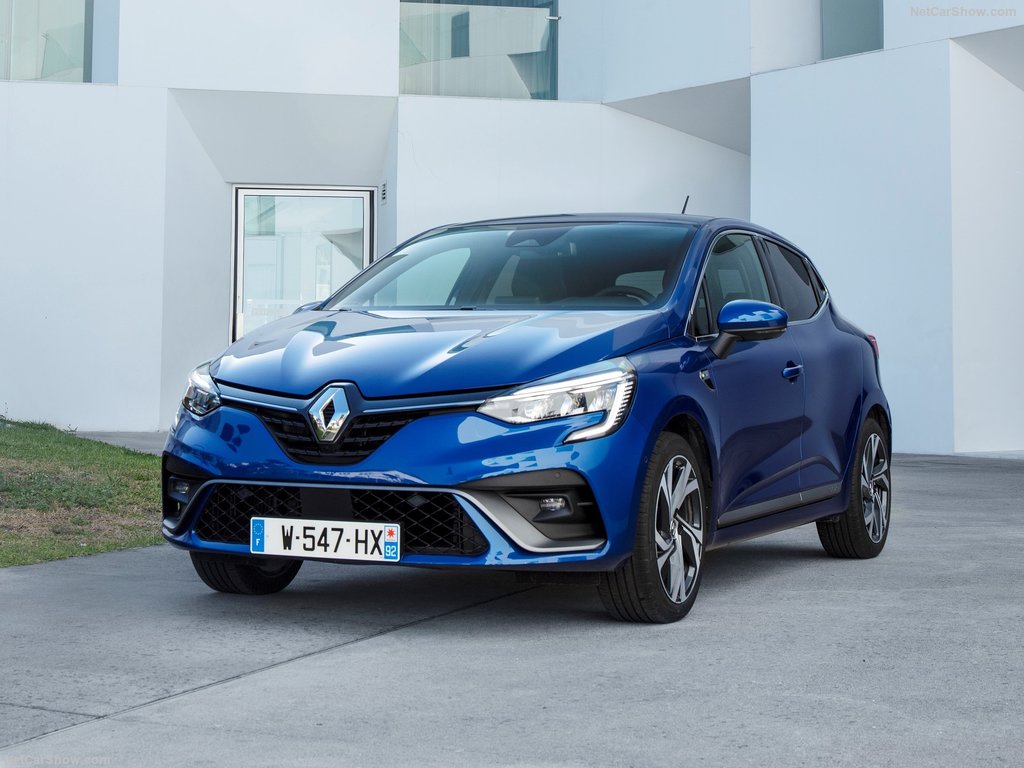Riding an electric bike — or e-bike — for the first time can be a transportation revelation.
These pedal-assist e-bikes open up a whole new world of getting from point A to point B.
Urban dwellers can cut through city traffic with ease and confidence, haul cargo or a second passenger long distances, arrive sweat-free at their destination, or simply get a little extra power on a ride that seems challenging or impossible on a regular road bike.
E-bikes are broken down into similar categories as a traditional bike — mountain bicycle, folding, hybrid, urban, cruiser or road.
If you’re looking for a new ride, start by identifying which category you fall into.
First, to narrow down your choices, determine where and how you plan to ride — will you be riding beachside or off-road? Are you looking to transport heavy bags, or just yourself? Second, consider your price range and performance — you can expect to pay a higher price for higher-performance features or frame materials.
Lastly, look for a bike frame that fits your height and size to ensure you’re getting the most comfortable ride.
Three Classes of Electric Bikes
In the United States, mostly due to regulatory reasons determined by city planners, electric bicycles are divided into 3 classes that denote their motor assistance.
This 3 class system is a simple, straightforward approach that factors in speed, wattage and operation.
Each state individually determines where bicycles within each class can ride.
For instance, Class 1 and Class 2 are typically allowed on infrastructure built for regular road bikes. You can determine which class of e-bike you need:
Class 3
The motor starts when you pedal (like Class 1), with no throttle, and a maximum assisted speed of 28mph. This Class is popular among delivery riders and commuters as they are more powerful and faster
Class 2
E-Bikes that have a pedal-assist mode of up to 20mph, but are throttle-assisted. Class 2 bikes are usually allowed in the same place as Class 1 e-bikes.
Class 1
The motor starts when you pedal, with no throttle, and a maximum assisted speed of 20mph. First time e-bike riders typically start with a Class 1 — these are traditionally the most affordable bikes, and often found on bike paths and city streets
Class 3 are the highest-performance bikes so they tend to cost more than Class 1 or 2.
The tradeoff with being able to carry a heavier load at a faster speed is not being able to ride on most urban bike paths.
Be sure to research regulations in your own area — laws, registration, age, etc — to ensure you have accurate information for your state.
Electric Bicycle Batteries & Motors
Today’s bike manufacturers have spent years of research to optimize the power in each bike.
A more powerful motor equals greater speed, more torque for hill climbing and greater ability to carry cargo.
At the same time, a more powerful motor burns the battery faster, decreasing the riding range.
Having a larger battery helps improve the riding range, which is why motor power matters.
The Ridel Snugger model features a powerful 750W watt motor paired with a 48V 14AH Battery to deliver impressive acceleration and hill climbing to glide over any terrain.
While there are multiple variables that affect riding range (20-100 pedal-assisted miles), you can check the riding range specs prior to purchasing.
E-bike Motor Torque
Torque is the ability to rotate the rear wheel. A higher torque allows the wheel to rotate easier and at higher acceleration. Riders who anticipate riding hills and/or carrying heavy cargo should check the torque spec, which ranges from 40 N m to 80 N m.
Motor Location
: There are two motor positions — a mid-drive motor is located on the bottom bracket while a hub-drive motor rests inside the hub in the front or back wheel.
Battery Mounting
Some batteries are integrated into the frame — whether into the clear space where the water bottle fits, or an external battery. For safety and protection, RIDEL’s ORA model includes a hidden battery, concealed within the bike’s transform, and when you need to recharge, the battery is easily accessible via a panel in the frame.
Charging Batteries
Most electric bicycles can change from full to empty in three to five hours. You can also buy additional chargers or faster buying chargers; alternatively, you can buy an extra battery to keep on hand and full-charged. All RIDEL models have been thoughtfully designed so that batteries can be fully charged within 2-3 hours.
Find a Bike That Fits for You
For any type of bicycle transportation — standard or e-bikes — you should find a bike that’s right for you and your lifestyle.
Start by asking yourself the questions above to determine the core features you want, and then do your research on additional features or components you may want to make your ride the most stylish and comfortable, whether that’s additional batteries, built-in security or racks.
Now, ready to ride? Start your search online with the full Ridel Electric Bikes collection, now in-stock and shipping immediately.



